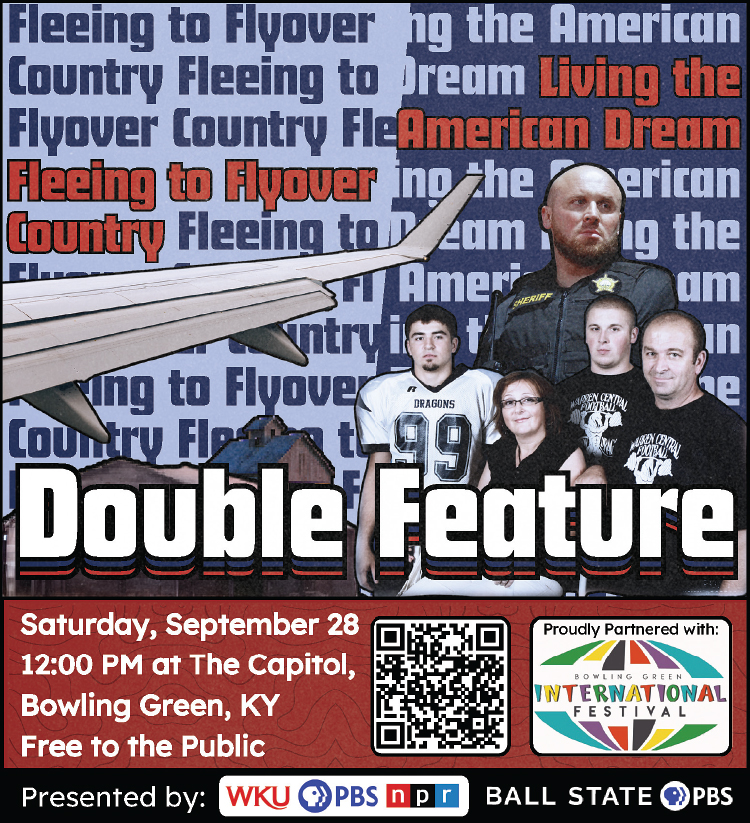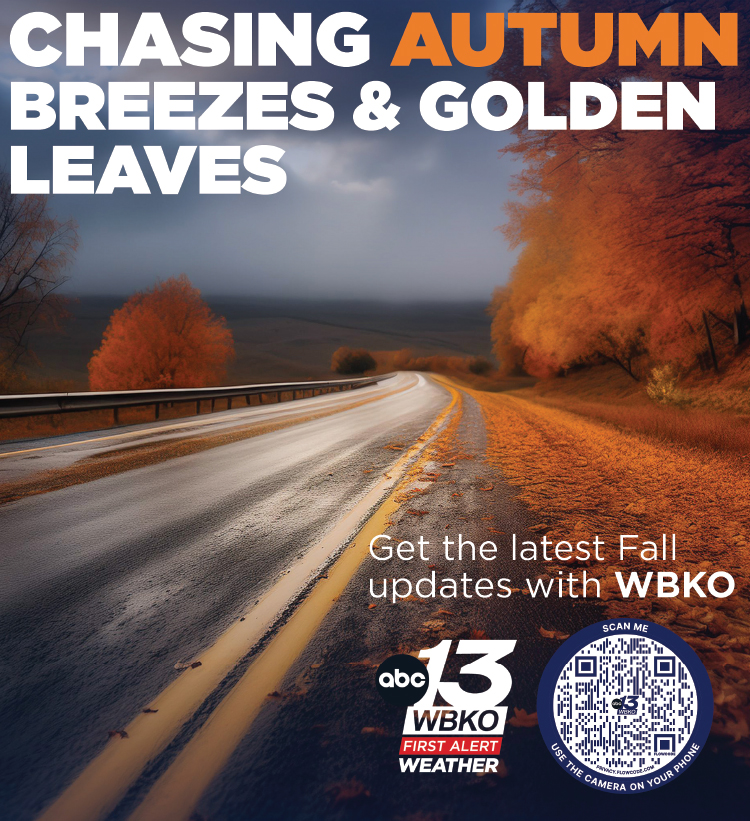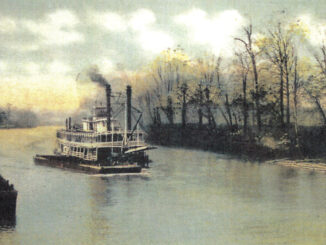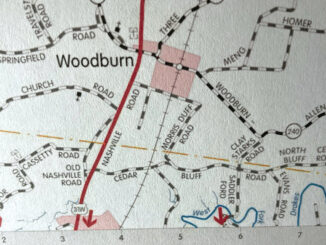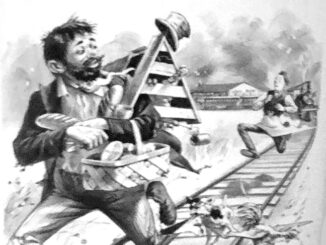
Buying on time is certainly the way of life for most individuals in today’s world. Not only is it convenient, it makes recording easier, and provides protection from losses or damages. Having lived in the first decades of the twentieth century, some adults find it difficult to swallow the “get it now and pay for it later” way of life. Not that installment credit is new. It’s been around in some form or other as long as civilians have been bartering, loaning or sharing in their daily existence. This was especially true the early founding years of our South Central community.
Many of the early settlers served in the Revolutionary War and were granted the offer of claiming land in the new Kentucky territory, thus the opportunity to own land and build a new home. Others came to have an active part in developing the new state with their leadership abilities and advancing their holdings. Usually all of them, at some time or other, were acquainted with being in debt involving money, goods, or labor service. Life in the early settlement often required individuals to loan, borrow, or exchange services in the effort to move forward in home and work life.
Fortunately, in the 1790s there were gentlemen of means who were able to provide a starter service which led to providing opportunities to others. Samuel McDowell is an example of such a situation. Mr. McDowell had settled in the area at the time the trustees divided the land into plots surrounding the public park. He was able to obtain several lots previously owned by Charles Ransdell of Dr. Hampton. Located on the corner of the park and Bridge Street (College Street), it was located to greet strangers and fellow residents when they came into the area. His holdings extended from the square to Spring Alley and several lots along Main Street. On the corner lot he had a tavern, some overnight accommodations, and stable area service.
Benjamin Vance wished to buy the tavern, but he had to go in debt using an installment plan. Vance agreed to pay McDowell… “the sum of six thousand five hundred dollars as follows, two thousand dollars on the first day of February next, the sum of five hundred… April next… one thousand… February 1817… one thousand… February 1818… one thousand… February 1819… one thousand… February 1820…” Thus became the Vance Tavern, which played a significant role in the life of development of the business center of the new town. Such debts and installment plans were common in civilized settings during the time of early settlements just as they are today.
Individuals at first had little cash on hand, so their work and service were important. The town struggled, also. During the first few decades of existence, municipal expenses were low and mostly were limited to necessary repairs or improvement causes. For example, the trustees designated $30 to John Lucas for filling in holes in the streets to keep the traffic moving safely; to another citizen, $96 to make repairs to Bridge Street and $6 for work on East Street. $60 was awarded to Isaac Newton for care of the town public well and to construct a platform around the well. Revenue for all municipal expenses came from licenses charged to taverns and food service permits, fines from individuals for breaking ordinances, and from the sale of town lots. Property tax and poll tax provided a large portion of the revenue. By December 1927, the records show 158 owners’ property valued at $19,815. The county was slowly but surely becoming an important frontier community.
As more and more residents joined the community, the need for money became the number one concern of the trustees. Banks were needed to make loans and provide bank notes for new businesses to open and expand the city’s production. In 1819 the first local bank, the Southern Bank of Kentucky, was established, followed by the Commonwealth Bank of Kentucky. The local effectiveness of these banks was unfortunately affected by the national panic that occurred at the end of the War of 1812. By 1835, the Bank of Kentucky was established and on sound footing.
Officers of the local Bank of Kentucky were among Bowling Green’s wealthy residents known for their commitment to the community. Officers of the bank listed president James Rumsey Skiles, directors Jacob Vanmeter, John Marshall, James Hines, Thomas Quigley, James T. Donaldson, John Biggs, William Payne, and John Burnam. By1837 the bank’s capital stock was listed at $125,000.The bank was able to circulate monthly about $70,000 supporting the city’s rapid expansion growth.
The latter 1820s and 1830s found Bowling Green emerging from a frontier setting to a well-organized community with commercial buildings and growing industries with a wealth of good leadership managing the growing pains of the South Central haven. The Louisville-Nashville corridors established by the weekly run of the stagecoach aided in the flow of goods and information in and out of the area. Equally as important were the flatboat river vessels loaded with goods out of the community traveling along the Little Barren River down the Green River to Evansville and eventually to New Orleans markets.
From day one in South Central Kentucky, the waterways were essential to growth of the settlers’ way of life and trade with others. Workers at the Hardcastle store talked about the flatbottom boats they saw loaded with lumber or animal skins and other products. Downstream from the store’s location, one could observe the settlers in Martinville Barrens area building flatbottom boats as fast as their workshop allowed for they had one of the strongest markets from their cultivated area. The workers aboard the boat would make their visit to the boat landing in Warren County. Thanks to James Ramsey Skiles and Jacob Vanmeter for their foresight to build a railway from the courthouse (Sumner and Court), down Plain (Tenth), to Double Springs on Barren River Boat Landing. They and friends Henry Grider, J.T. Morehead and others obtained appropriation of $30,000 to clear the river from falling trees in the Green River like they had enabled teams of workers struggling in the Barren to remove trees and other debris that made travel next to impossible. Working with other leaders, they kept their concerns before the Kentucky legislators which resulted in the first lock and dam five miles from Boatlanding.
Strolling through known facts like the ones recalled above helps us, as citizens, renew our commitment to continue to support our community and pass on to the next generations our efforts and dreams for the future. So, choose a moment in our city’s history, and stroll along.
-by Mary Alice Oliver
About the Author: Mary Alice Oliver is a Bowling Green native who is a 1950 graduate of Bowling Green High School. She retired from Warren County Schools after 40 years in education. Visiting familiar sites, researching historical records and sharing memories with friends are her passions.



